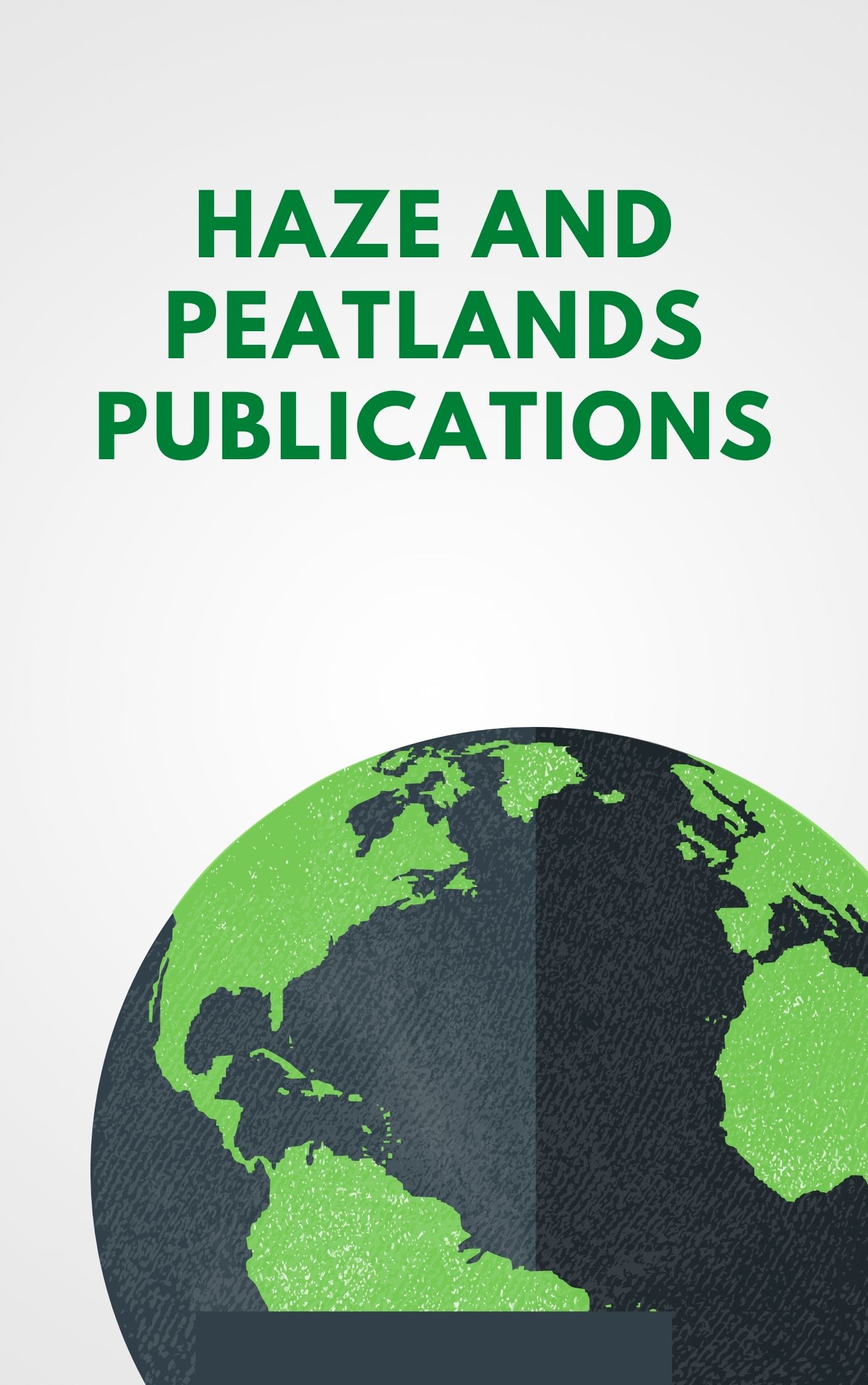Transboundary haze has been a critical environmental concern in the region of Southeast Asia in the recent decades. The smoke occurred by land clearing through burning activities for agricultural cultivation and urban development is a significant contributors to haze issue which has affected countries within the region and beyond. Instead of 'slashing and burning' the biomass residues, there is the possibility of utilising the biomass residue produced either by land-clearing or on plantations to become higher value bio-products,with monetary returns to the plantations and farmers. Due to the diffuse nature of biomass which leads to high transportation costs, effective spatial planning is required for cost-effectiveness and sustainable biomass supply. This study focuses on mitigation of transboundary haze by moving away from the conventional activities of biomass 'slash and burn' through its conversion to energy. A spatial optimal biomass allocation networks has been developed to address the issue of transportation distance of biomass to the centralised bioenergy facility by taking into account the geographical locations of the biomass, biomass availability, distances, and transportation cost. Five optimal centralised biomass facilities were identified in Peninsular Malaysia. The results indicated that the cost of electricity generated from oil palm trunk (OPT) and oil palm frond (OPF) was USD 0.13/kWh which is comparable with current Feed-in-Tariff (FiT). The result suggests that the conversion of biomass to-energy could create economic benefits and ultimately reduce open burning practices, and prevent the transboundary haze issue in Malaysia and other ASEAN countries. (C) 2017 Elsevier Ltd. All rights reserved.
View source

